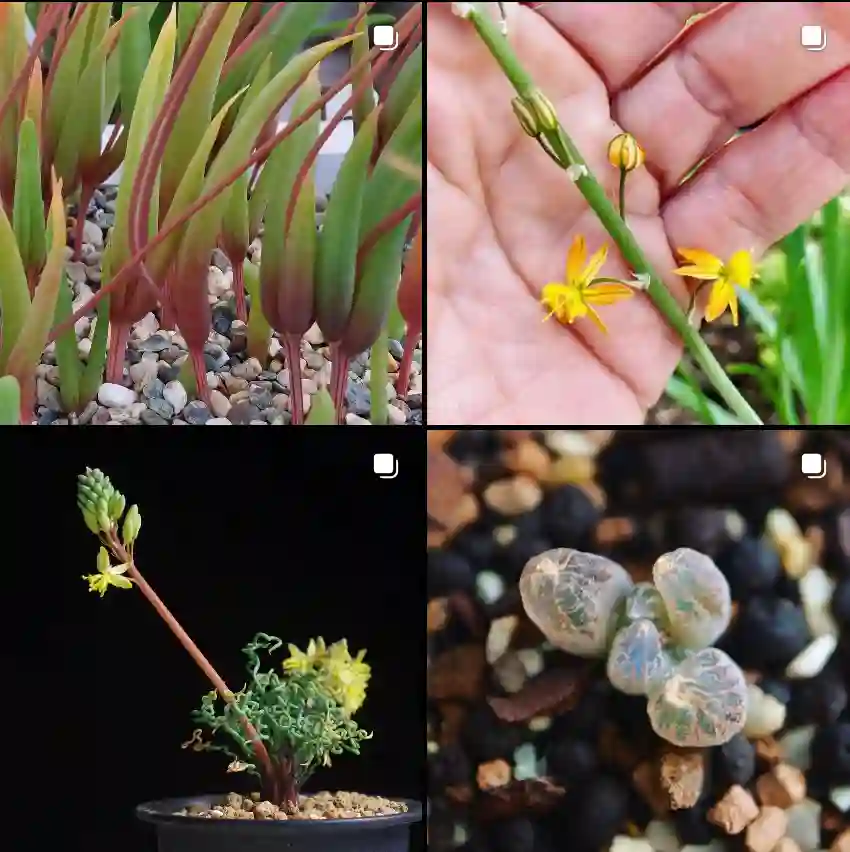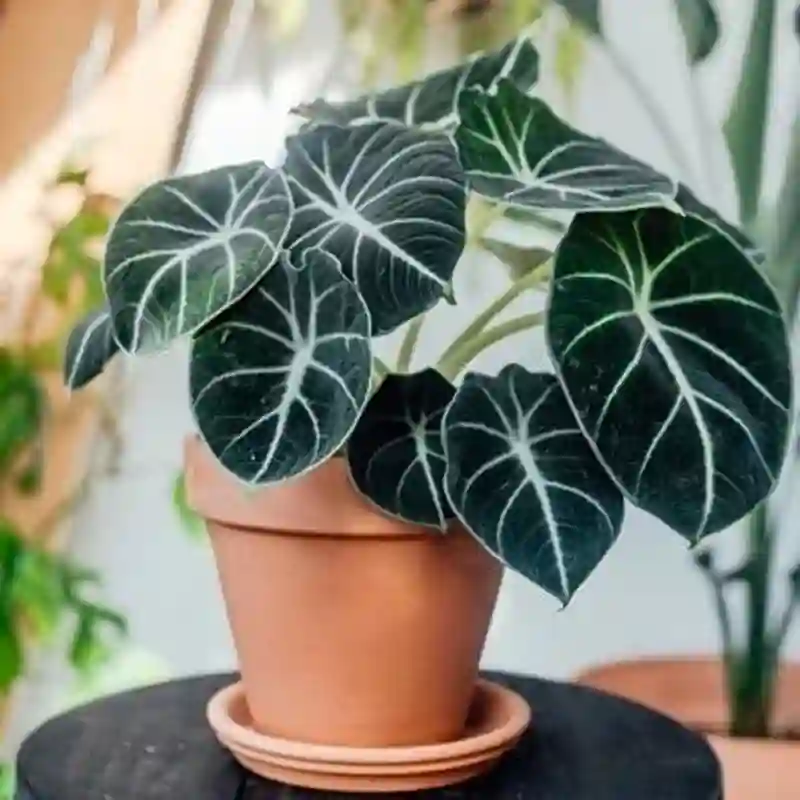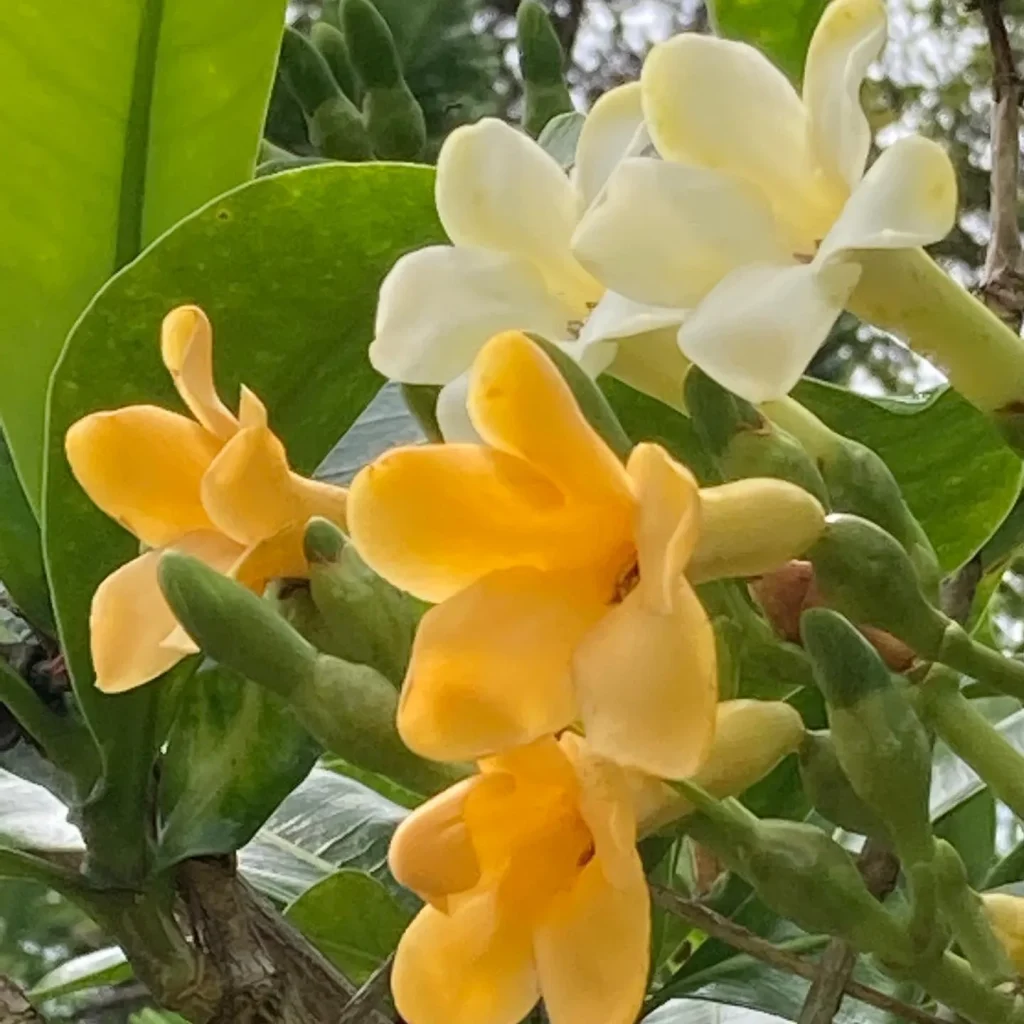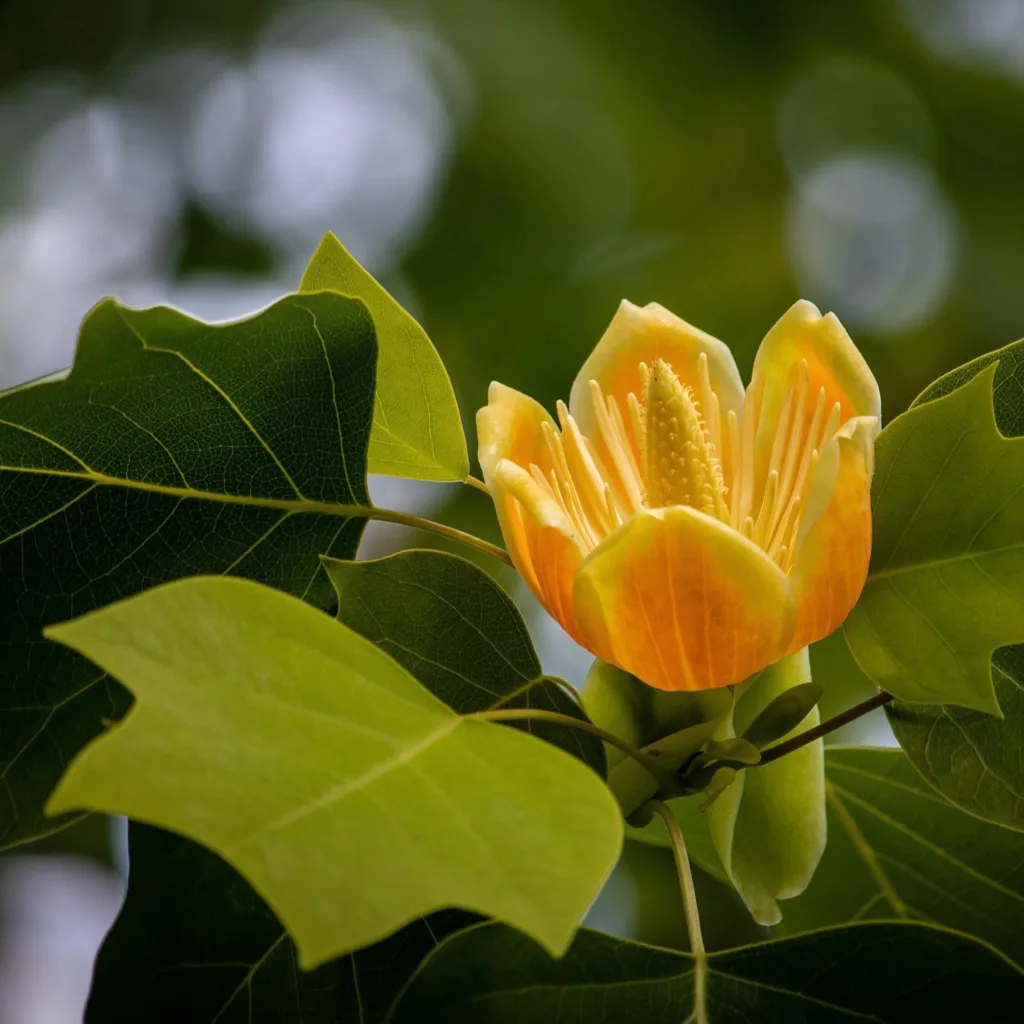Nepenthes Bokorensis: A Cambodian Carnivorous Charmer – FAQs by Ferb Vu
Welcome, plant enthusiasts! Today, we delve into the fascinating world of Nepenthes Bokorensis, a captivating carnivorous plant endemic to Cambodia. This unique species boasts beautiful pitchers and a relatively recent discovery, sparking curiosity among collectors and hobbyists.
Here, I, Ferb Vu, address some of the most common questions surrounding Nepenthes Bokorensis to quench your thirst for knowledge.
Plant Family: Nepenthaceae – 207 Species in Genus Nepenthes
What is Nepenthes Bokorensis?
Nepenthes Bokorensis is a tropical pitcher plant native to the Bokor Mountains in Cambodia. Described in 2009, it’s a relatively new addition to the Nepenthes family. This epiphytic (grows on other plants) or lithophytic (grows on rocks) carnivore captures prey like insects and small invertebrates in its colorful pitcher traps.
How can I identify Nepenthes Bokorensis?
Look for these key characteristics:
- Pitchers: The most striking feature. Lower pitchers are urn-shaped, while upper pitchers are tubular, both adorned with reddish stripes and speckles. The peristome (rim) is often lined with red or orange hairs.
- Leaves: Leathery, oblong-shaped leaves clasp the stem, forming a characteristic wing.
- Size: Mature plants can reach up to 10 feet in length.
What are the typical growing conditions for Nepenthes Bokorensis?
Nepenthes Bokorensis thrives in warm, humid environments with bright, indirect sunlight. Here’s a breakdown of its preferred conditions:
- Temperature: 68°F – 86°F (20°C – 30°C)
- Humidity: 70% or higher
- Light: Bright, indirect sunlight (avoid harsh afternoon sun)
- Water: Use distilled or rainwater to keep the soil consistently moist but not soggy.
How does Nepenthes Bokorensis capture prey?
The alluring pitchers of Nepenthes Bokorensis act as passive traps. Sweet nectar secretions and vibrant colors attract insects. Once lured inside, the slippery rim and waxy inner walls make escape difficult. Digestive fluids then break down the prey, providing essential nutrients for the plant.
Is Nepenthes Bokorensis difficult to grow?
Nepenthes Bokorensis can be a challenging plant for beginners due to its specific needs. However, with proper care and attention to humidity, temperature, and watering, it can be a rewarding addition to your collection.
How does Nepenthes Bokorensis differ from other Nepenthes species?
Compared to other Nepenthes, Bokorensis boasts a unique pitcher coloration with red stripes and speckles. Additionally, its upper pitchers tend to be more tubular than the urn-shaped varieties found in many other species.
Where can I buy Nepenthes Bokorensis?
Finding Nepenthes Bokorensis can be tricky due to its relative rarity. Specialized carnivorous plant nurseries or online vendors focused on exotic plants might offer it. Remember, reputable sellers prioritize ethical sourcing and sustainable practices.
How often should I feed my Nepenthes Bokorensis?
While Nepenthes Bokorensis obtains nutrients from captured prey, it doesn’t need regular feeding in a controlled environment. Focus on providing the correct growing conditions to encourage healthy pitcher production.
What type of potting media is best for Nepenthes Bokorensis?
A well-draining, airy mix is crucial. Many growers use a combination of long-fiber sphagnum moss, perlite, and orchid bark.
Can I propagate Nepenthes Bokorensis?
Yes, propagation is possible through stem cuttings or leaf pullings. However, it requires controlled conditions and experience.
What are some common problems with Nepenthes Bokorensis?
Low humidity, improper watering (causing root rot), and insufficient light can lead to stunted growth or poor pitcher development.
How can I distinguish Nepenthes Bokorensis from Nepenthes Thorelli?
These species share some similarities, but Nepenthes Thorelli typically has wider pitchers with a more pronounced reddish coloration throughout. Consulting detailed pictures and descriptions online can help with identification.
Final Thoughts
Nepenthes Bokorensis is a captivating carnivorous plant with stunning pitchers and a unique Cambodian origin. With the right care and knowledge, you can cultivate this fascinating species and witness its captivating insect-trapping abilities.
If i die, water my plants!



